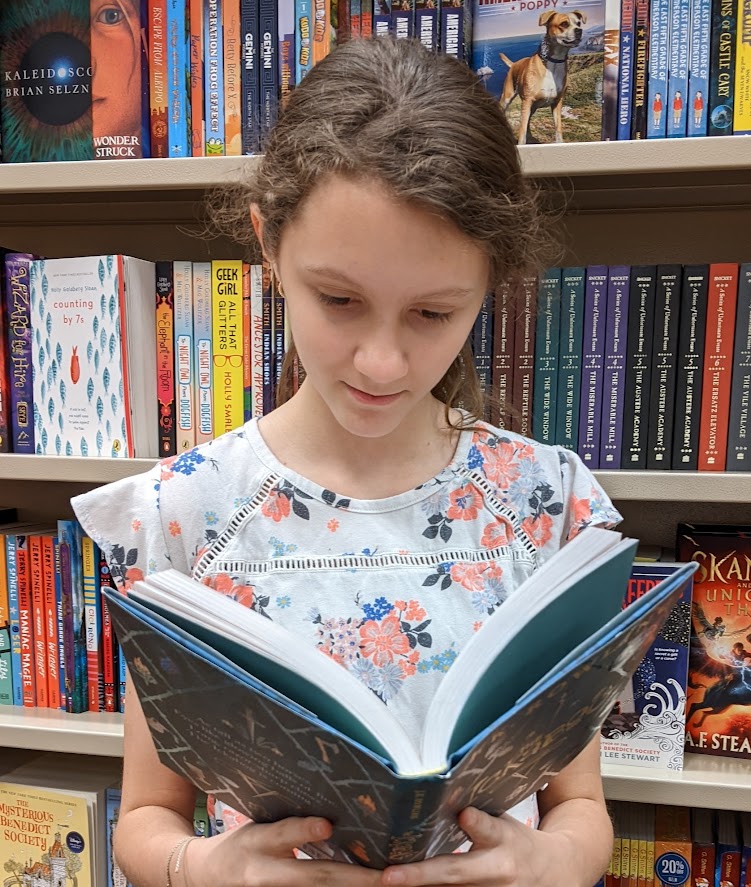A lot of us know that the Hunger Games movie franchise was a huge success. It received millions of dollars in profit and thousands of adoring fans that still love the series to this day. Yet, if you ask any fan, they will undoubtedly tell you that the book was better. Which makes sense, since that’s how all book to movie transitions usually go, but The Hunger Games movies were a bit different. If you talk to anyone who had only watched the movie and not read the book, most were confused and probably disliked the franchise.
This is because a crucial thing was missing. It’s something that all stories (even a movie adaption) needs: an understandable main character.
Your viewer doesn’t have to like the protagonist, but they do need to understand the motivation behind their actions in order to relate to them. In this article, I’ll be showing you the best way to do this, how the Hunger Games books did it perfectly, and how the movies completely failed.
The Book
The Hunger Games is a dystopian trilogy that centers around an event held by the Capitol of Panem. In this yearly event, the Capitol randomly selects two children from each district and forces them all to fight each other in an arena. The book starts on the day of the reaping, the day all of the children from the country are chosen and taken away from their families.
Katniss, a seventeen year old who lives in District Twelve, starts her day by finding breakfast. As she locates her bow and arrow, she narrates about how her father died in a mining incident, and how this has forced her to illegally hunt in the woods every day to keep her family from starvation. After selling some of the meat, she goes home and prepares for the day.
Then, it’s time for the reaping ceremony. The entire district gathers for this event. An eccentric announcer starts by pulling a name out of the girl’s bowl. And Prim, Katniss’s little sister (her only sister) is chosen. Katniss, holding back tears, volunteers in her sister’s place.
After she is accepted as the tribute, Katniss says goodbye to her sister, possibly forever since her chances of actually winning the hunger games is slim. Prim is hysterical as she cries into her big sister’s shoulder, but Katniss shows no emotion. She tells herself over and over not to cry because her every move is being filmed for the entertainment of the Capitol, and if she shows any emotion or weakness at all it could mean certain death.
The Movie
Meanwhile, in the Hunger Games movie, things were significantly different. The same events happen but Katniss is almost a completely different character. After a bit of info. dumping and an interview with two characters who don’t matter much, the movie starts with Katniss holding her sister Prim, who’s crying because she had a nightmare about getting chosen for the reaping. Katniss comforts her until she goes back to sleep and then she sneaks out to start hunting.
There’s no narrator to explain why Katniss is hunting in the woods or why she doesn’t have a dad. You just see her hunting for a few minutes, talking to a friend, and going home. Then, as she prepares and heads to the reaping, she continues to show no sadness or fear for the day’s event. The viewer must assume she is afraid since the events around her are just naturally scary.
As Prim is chosen as a tribute and Katniss sacrifices herself, she finally shows some sign of emotion. But we don’t know why she’s so desperate to save her sister, because the writers failed to explain her past until later in the movie.
Later, when Katniss is saying goodbye to a crying Prim, she appears heartless and cold instead of loveable. It was difficult for the reader to grasp that Katniss had to hide her emotions since others would see them as weak, because, once again, the writer’s didn’t explain that.
Differences and Similarities
In the movie, Katniss is seen doing all the same things as her character did in the book, but without emotion (or even an explanation for her stolidness) the reader is left confused. There was no clear motivation behind her actions. However, in the book, the protagonist’s actions weren’t confusing because Katniss was given the chance to tell you about her past. You understood that her core desire is to protect her family, which is why she sacrificed herself. She acted emotionless at times, too, but at least in the book this lack of emotion was understandable because of that crucial thing I mentioned earlier.
Internal Dialogue
The Hunger Games book is written in the first person, which gives Katniss the chance to talk about herself and her thoughts without causing the reader to be annoyed or confused. There are long, crucial paragraphs of internal dialogue, something that the movie really missed. For the movie, the writers could’ve easily included a narration from Katniss in the background, or even added an extra scene of dialogue between her and another character to help us understand her a bit more.
And this lack of internal dialogue wasn’t just a problem with movies. So many books have their characters go out and do stuff, without bothering to show the why behind it. Though the forms of internal dialogue definitely vary from first, second, and third person it’s still an important factor in any story. It gives the reader an extra layer of relatibility and doesn’t leave them confused or frustrated at all.
When you show the emotions and thoughts behind a character, it gives your reader a deep understanding they didn’t have before. It makes them more loveable and realistic too. It keeps your characters from turning into blank-faced Katniss’s. And, one day, it could even make your franchise a huge success. Just remember to include the why.



What did you think of the Hunger Games movies and books? Have you noticed internal dialogue making the difference in different works? And how was this article? Too sweet? Too sour? Just right?


Hello, I’m Sophia! I’m a child of God and I (if you couldn’t tell already) love to write! I’m also a total theater kid and strong dessert (specifically cupcake) enthusiast. For as long as I can remember, I’ve enjoyed both reading and making my own stories. I’m so glad I get to share with you what I’ve learned from some of my favorite (or sometimes least favorite) stories on this blog.


So, quick question, how do you do all the “internal dialogue” stuff without making the story drag? The story I’m writing now (which is a Clone Wars AU fanfic) has a lot of unexplained action, and I’m hoping to give “why” in later, open dialogue with another character. Will this frustrate my readers? I personally don’t like it when my stories drag because I’m afraid of having “boring spots”, so I try to avoid internal dialogue for that reason. Do you have tips for finding a balance?
This is a good question, Dena! Finding the balance between internal dialogue and your plot is definitely something that will take gradual practice, but I can tell you a few tips to give you a head start. First, try to include just a bit of internal dialogue in the first one or two chapters. This will give the reader a satisfactory WHY behind the actions. And it doesn’t have to be one big paragraph either. Try and spread it out between normal dialogue, action scenes, etc.
Second, in those first few scenes, try to start with something that matters to the protagonist. If you start your story with a crazy spaceship chase that includes characters who will never come up again, then there’s no point in putting context and internal dialogue there. But if you start with an event, even a very small one, that means a lot to your character, you can easily slip in some of their thoughts because in that moment, they CARE (and, hopefully, so will your protagonist). E.g. The Hunger Games book starts with Katniss making sure her family doesn’t starve and immediately shows how much she cares for one thing.
I hope this helps! Feel free to contact me if you have any more questions (:
P.S. Don’t be too afraid of boring spots. You said you wanted to reveal internal dialogue through two characters talking, right? If what they’re saying is boring, try to make one of the characters really quirky. Give them some wit, or make them crack a few jokes, OR sprinkle in some important detail for later. This should keep the reader involved even through the toughest (no longer) boring spots.
Thanks! This is a big help! I will keep this in mind.
And thanks for going out of your way to answer my question. I appreciate it! 🙂